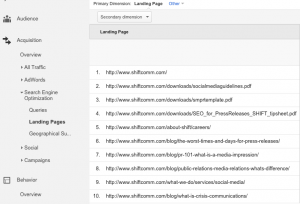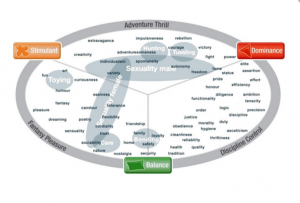
HR professionals have their hands full, as they strive to meet their organizations’ talent management needs. Recruiting, hiring, onboarding, and employee retention are all major issues as companies maintain profitable operations and seek competitive advantages. Despite these challenges, HR teams can’t take a myopic view of the world. In 2015, several HR topics made news throughout the year. It appears that many of these issues will continue to be top of mind in 2016, as well.
As HR professionals recruit and hire new staff, they will need to keep abreast of a variety of economic and policy areas. Here are seven HR stories that we expect to continue to make news in the year ahead:
1. U.S. Department of Labor Changes to Overtime Rules
These changes are expected to more than double the minimum annual salary for executive, administrative, and professional overtime exemptions. As a result, millions of employees that are currently exempt could lose their exemption immediately. The final rules are expected to be issued in early 2016 and they will become effective 60 to 120 days after they are announced. The Society for Human Resource Management (SHRM) predicts that companies in lower wage markets will shoulder a greater burden than others. SHRM recommends creating a strategy to manage conversions to nonexempt status. This may include measures to minimize overtime.
2. Changes in State Minimum Wage Laws that Will Become Effective in 2016
As employers make plans for 2016, they may need to budget for increases to the minimum wage. Several states increased their minimum wage rates on January 1, 2016 including Alaska, Arkansas, California, Connecticut, Hawaii, Massachusetts, Michigan, Nebraska, New York, South Dakota, Vermont, and West Virginia. Several of these are higher than the federal minimum wage. Other states are expected to increase their minimum wages at different times during the year.
3. FMLA is Getting More Attention
At a conference late last year, a U.S. Department of Labor attorney noted that the Wage and Hour Division would be increasing its investigations into organizations that do not comply with FMLA regulations. Inquiries are expected to focus on statistical and anecdotal information, as well as documents held by the employer. In addition, the U.S. Department of Labor is developing a new FMLA guide for employers. This is expected to be published in 2016.
4. The “Ban the Box” Initiative
This initiative prohibits employers from including a check box on job applications which asks whether candidates have a criminal record. In the United States, Ban the Box started in Hawaii in the late 1990s. As of October 2015, 19 states had enacted Ban the Box legislation and in early November, President Obama instructed the Office of Personnel Management to remove the checkbox from federal job applications. Most state legislation only applies to state government jobs; however the laws in seven states also cover private employers. Several large companies, such as Home Depot, Target, and Wal-Mart, have already adopted policies similar to Ban the Box.
5. Higher Compensation Levels in the Services Sector
The January 2016 Leading Indicators of National Employment Report found that the index for new-hire compensation in the Services sector rose in December 2015 compared to one year earlier. This signals that wages for new service employees were moderately higher than in the past. This trend may continue into 2016.
6. Stagnant Wage Growth in the U.S. Economy
Although the economy has improved over the last few years, employee wages have not increased as expected. This is attributed to the fact that there is still an adequate supply of workers in the labor market. When competition and the cost of doing business increase, many companies are reluctant to pass increased costs to customers. As a result, they avoid raising employee wages. The Wall Street Journal suggests that people who have stopped looking for employment are a source of workers that is keeping wage levels from increasing. Some employers are actively trying to attract these discouraged workers as a strategy to keep wage levels steady.
7. Increased Difficulty Recruiting Staff
In mid-2015, SHRM reported that time to hire metrics were on the rise, signaling that it was becoming more difficult for companies to recruit employees for open positions. That trend continued through the year. The January 2016 Leading Indicators of National Employment Report confirmed that recruiting in December 2015 for both the manufacturing and services sectors was more difficult than one year earlier.
Without a doubt, the need to recruit new employees will continue to be a focus area for HR in the year ahead. However, HR teams must simultaneously keep their eyes on the bigger picture issues that may affect how they attract, hire, and retain staff. HR needs to re-examine its recruiting strategies and make adjustments in light of wage and overtime regulations, legal trends that affect hiring, and increased competition for talent in certain sectors of the economy.
Business & Finance Articles on Business 2 Community
(49)








